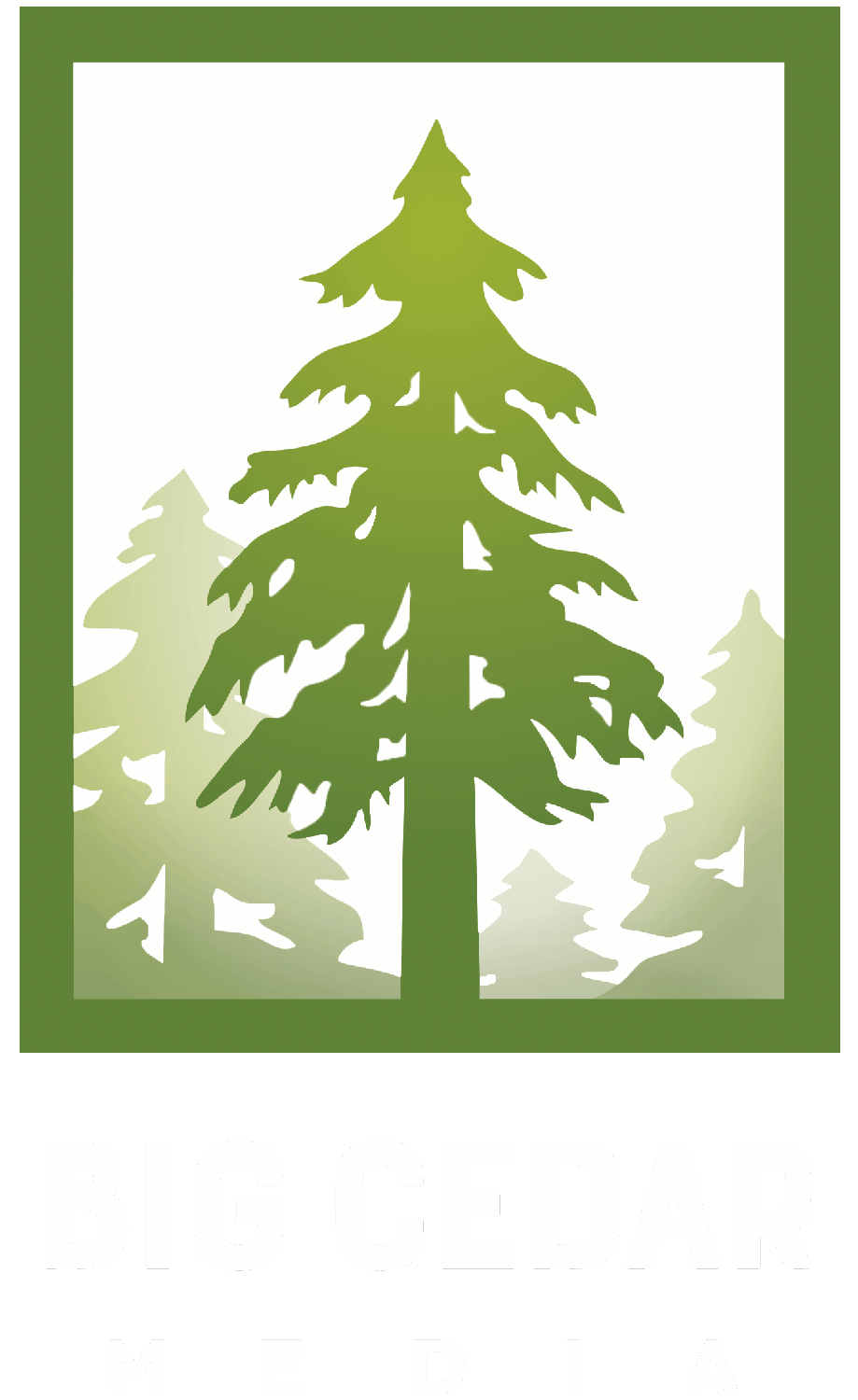Bird Research
About seven miles east of downtown Boise, as the hawk flies, stands Lucky Peak and the Intermountain Bird Observatory’s (IBO) main research site. On a bare ridge sits a small shack and from late August through October the sky above is active with thousands of southbound raptors. From the hidden confines of the wooden blind, researchers sit undetected, patiently waiting to capture some of these magnificent birds of prey.
About seven miles east of downtown Boise, as the hawk flies, stands Lucky Peak and the Intermountain Bird Observatory’s (IBO) main research site. On a bare ridge sits a small shack and from late August through October the sky above is active with thousands of southbound raptors. From the hidden confines of the wooden blind, researchers sit undetected, patiently waiting to capture some of these magnificent birds of prey.
Having called ahead, my friend, Terri Gibbs and I were excited to see them up close. As we approached the structure, we were suddenly stopped by a man’s voice coming from a dark slab of window, cut from the plywood. I quickly looked around, hoping I hadn’t thwarted a potential capture.
“That’s Jay,” Terri said.
Off to my right and on the ground a subtle movement caught my eye. A pigeon stood covered in leather body armor, situated carefully as bait, behind a tall net barrier.
Thirty seconds later Jay waved us forward and we entered the blind.
We were met by volunteer Robin Leonard and IBO Research Biologist Rob Miller. Next to Rob sat Research Director Jay Carlisle who has a Ph. D. in Biology studying songbird migration. For twenty years Jay has been a part of IBO, a non-profit research branch of the Department of Biological Sciences at Boise State University. During the fall migration Jay traps raptors a couple times a week. “It’s one of my favorite places on earth because of the birds,” Jay says about Lucky Peak. “I don’t have to go to the birds, they’re coming to me.” Through the large north facing window, behind him, loomed Boise Peak.
Every fall, since the start of the IBO in 1993, around 5,000-9,000 raptors of eighteen different species are counted around the Boise Foothills. They follow leading lines, along the Boise Ridge, traveling on wind currents towards the southernmost point at Lucky Peak. And they’re not alone. Owls and songbirds also congregate here, gathering fuel or resting before flying into the large expanse of the Snake River Plain. Lucky Peak is unique in that it offers “around the clock” research for many different bird species throughout the fall.
“If you can catch three or four birds in an hour than you’re doing pretty good.” Jay says about trapping raptors. “It comes in waves.” Rob and Jay patiently scanned the sky.
Suddenly, a Cooper’s Hawk swooped down from its lofty height, lured by false hope of a free meal. They sprang to action and pulled strings attached to the lure bird’s body armor creating movement. The hawk landed and approached the bait, unaware of the bownet trap cocked and ready for action. At just the right second, Jay triggered the trap with impeccable timing. The spring loaded net quickly covered the hawk and Jay ran out to retrieve the captured bird.
The Cooper’s Hawk looked straight ahead with intense eyes, wings fanned out and beak open, boldly posed. Robin attached an identification band to the bird’s leg, took measurements and gathered other important data. Researchers here capture and band roughly 1,000 raptors each fall. On average, about nine of these birds will be recovered at other sites across North America, giving important information on raptor movement, wintering grounds, and even mortalities.
Eventually we moved outside to release the birds. Terri and I gathered around Rob as he educated us on Cooper’s Hawks and I soon realized the IBO is much more than a place that simply captures and bands pretty birds. It’s also a place that helps cultivate an inspiration for the natural world through education and awareness.
“By having a couple thousand visitors every year their eyes open to this highway of raptors migrating by.” Jay says, “I hope that maybe it helps to grow more of a conservation ethic.”
They held the birds out at arm's distance. The hawks quickly leaned forward with wings spread and powerfully lunged into flight. It was fun to think that they could fly to California or, better yet, Mexico for winter. Soon they disappeared into the large expanse of sky above the Treasure Valley.
I left impressed, not only by the fierce beauty of the hawks but also by the passions of the people that study them.
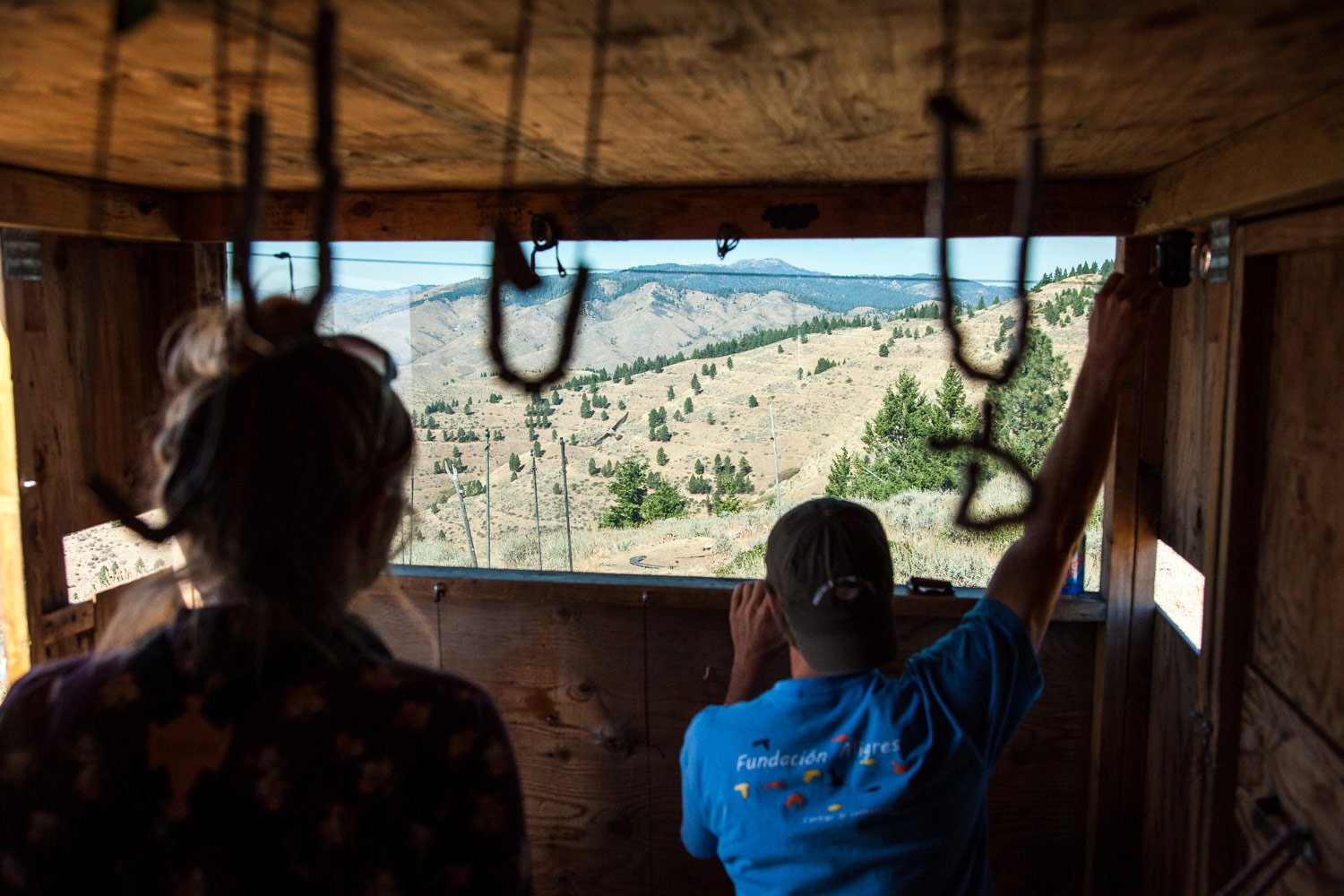
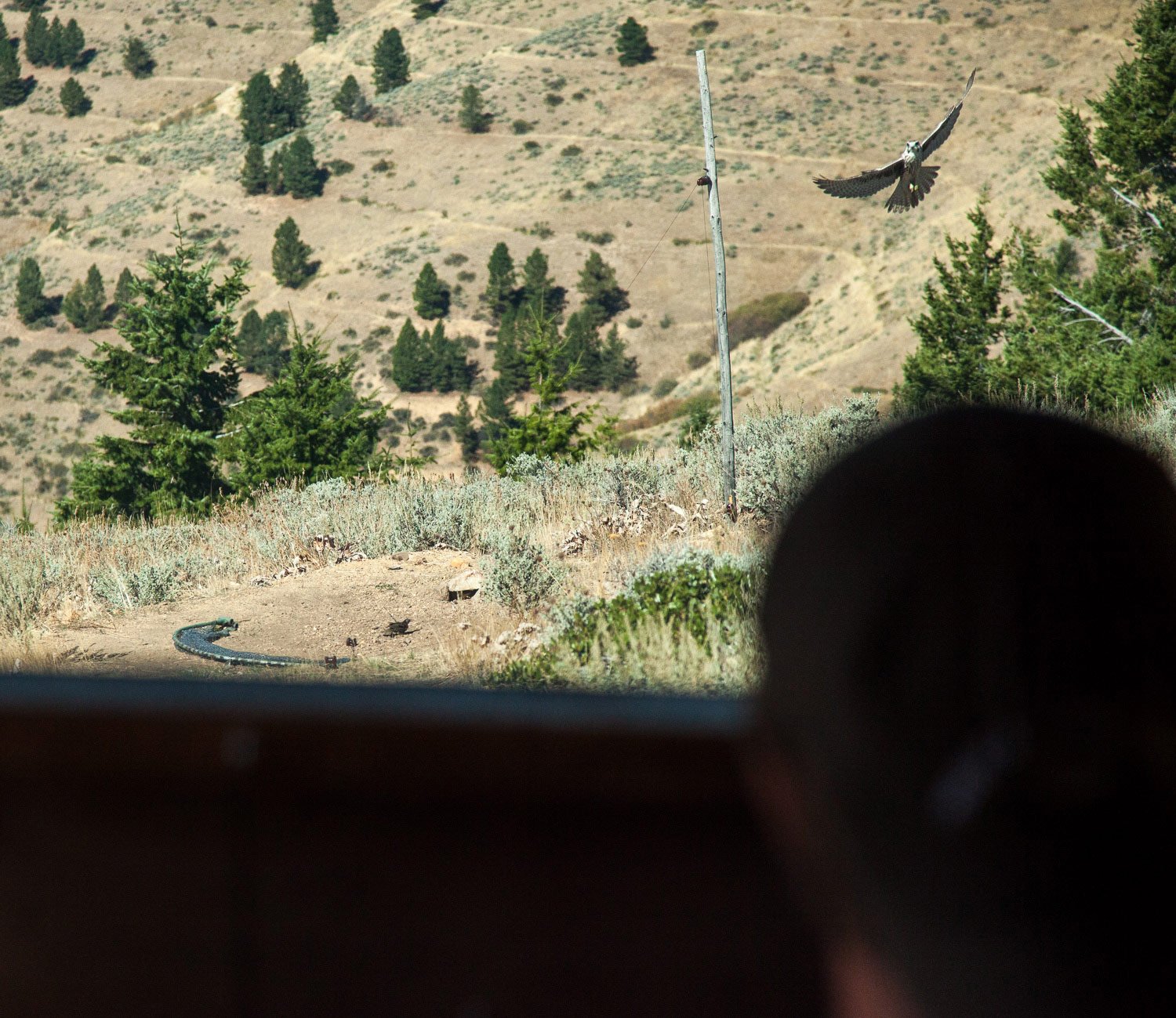
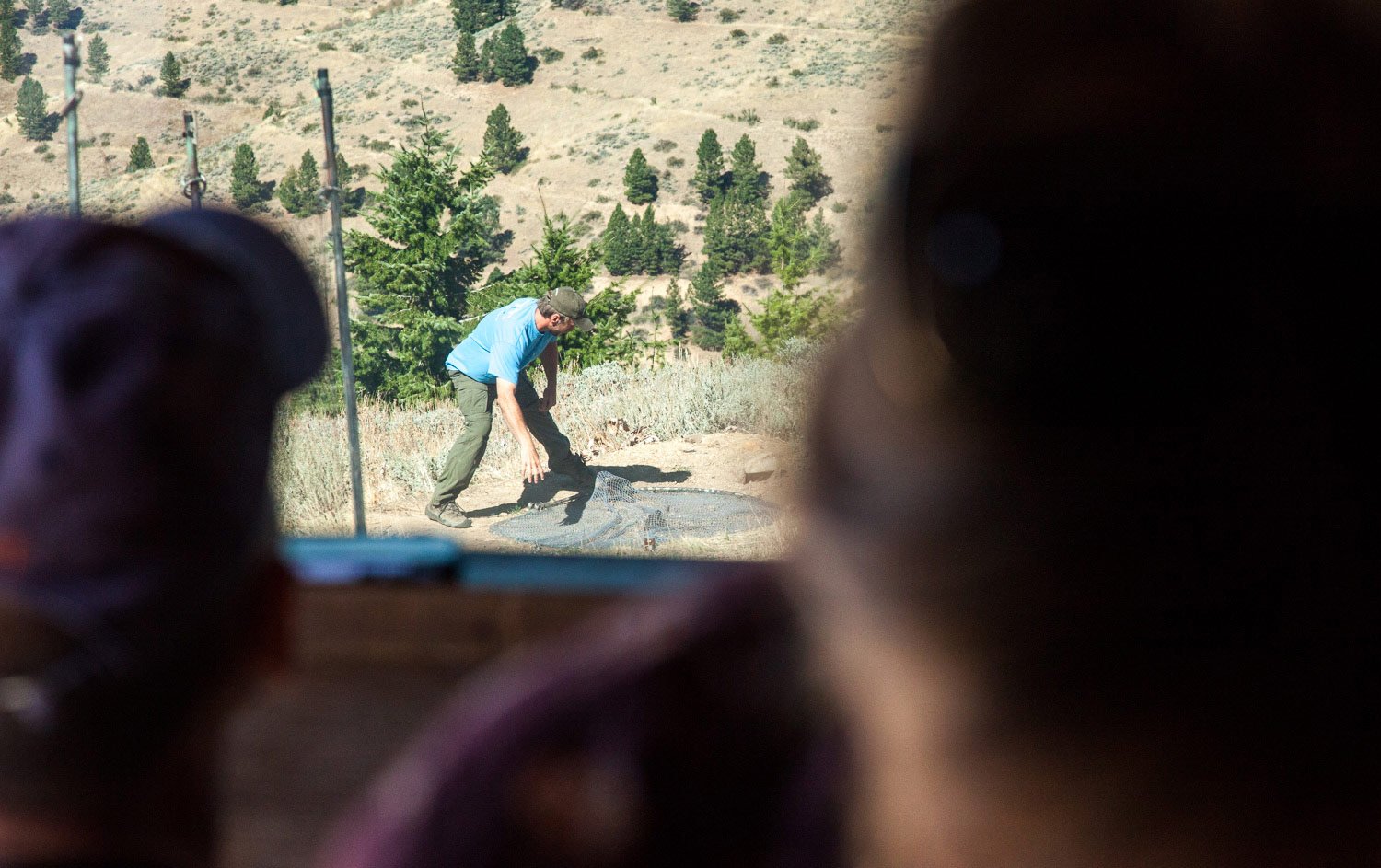




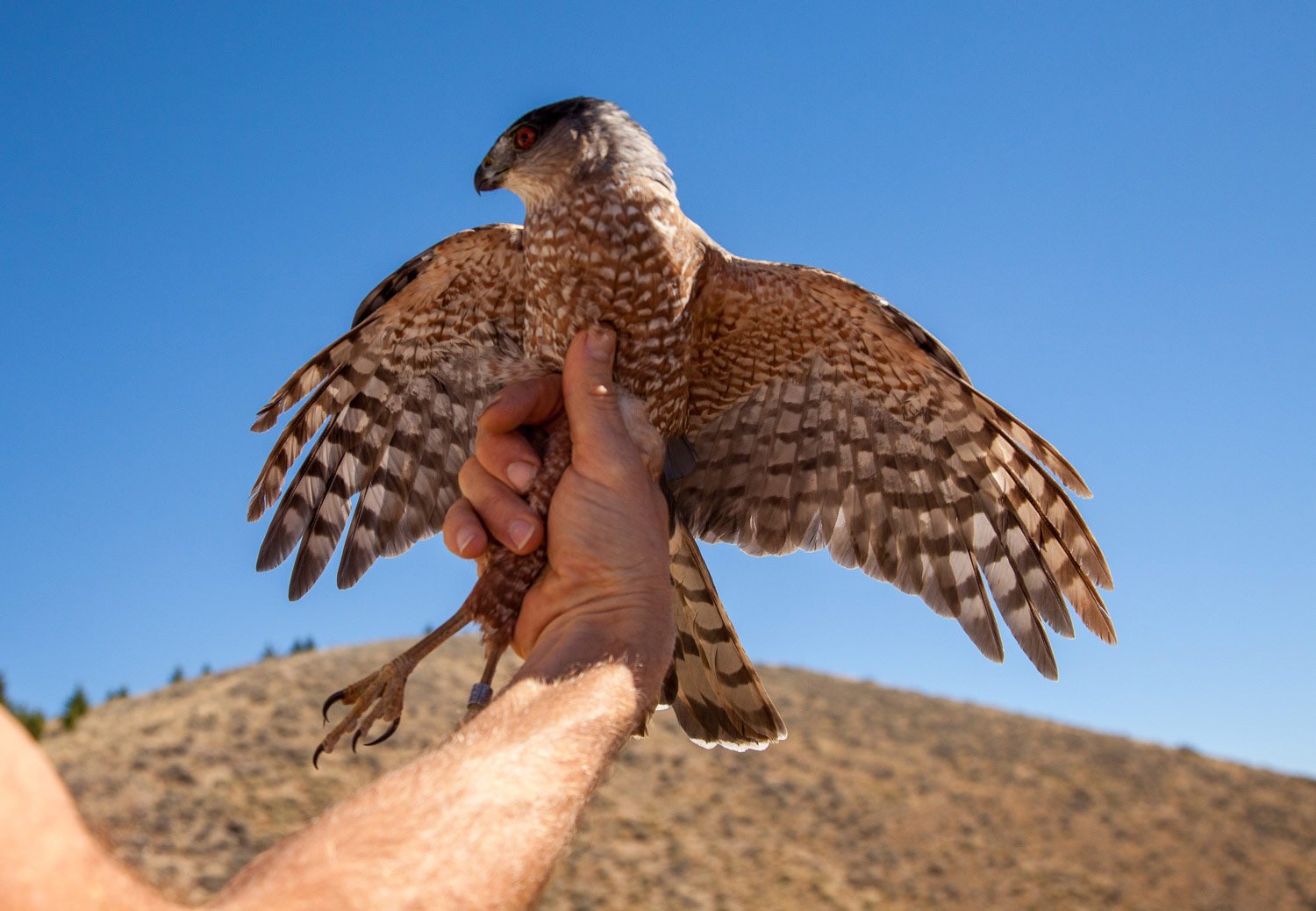

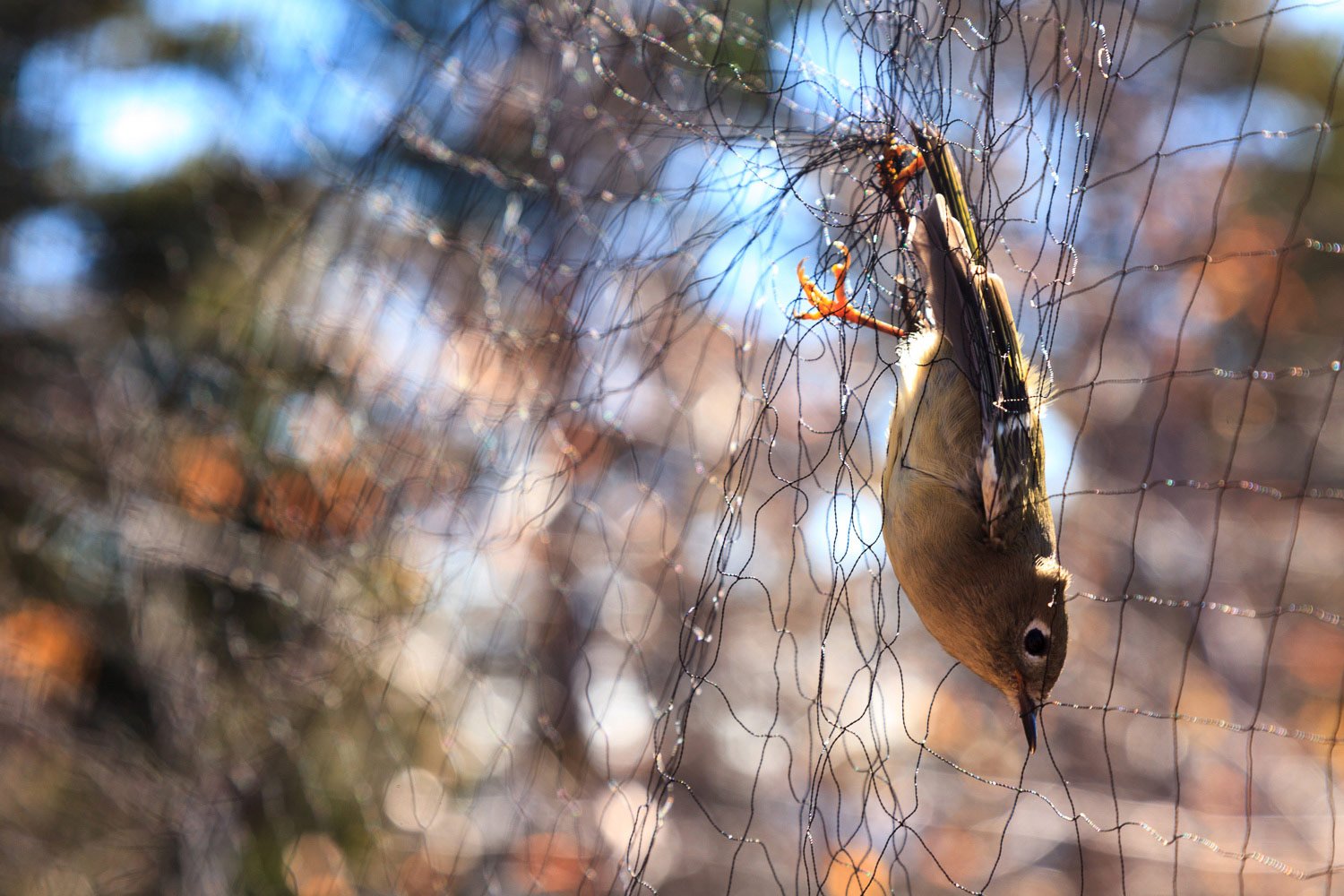
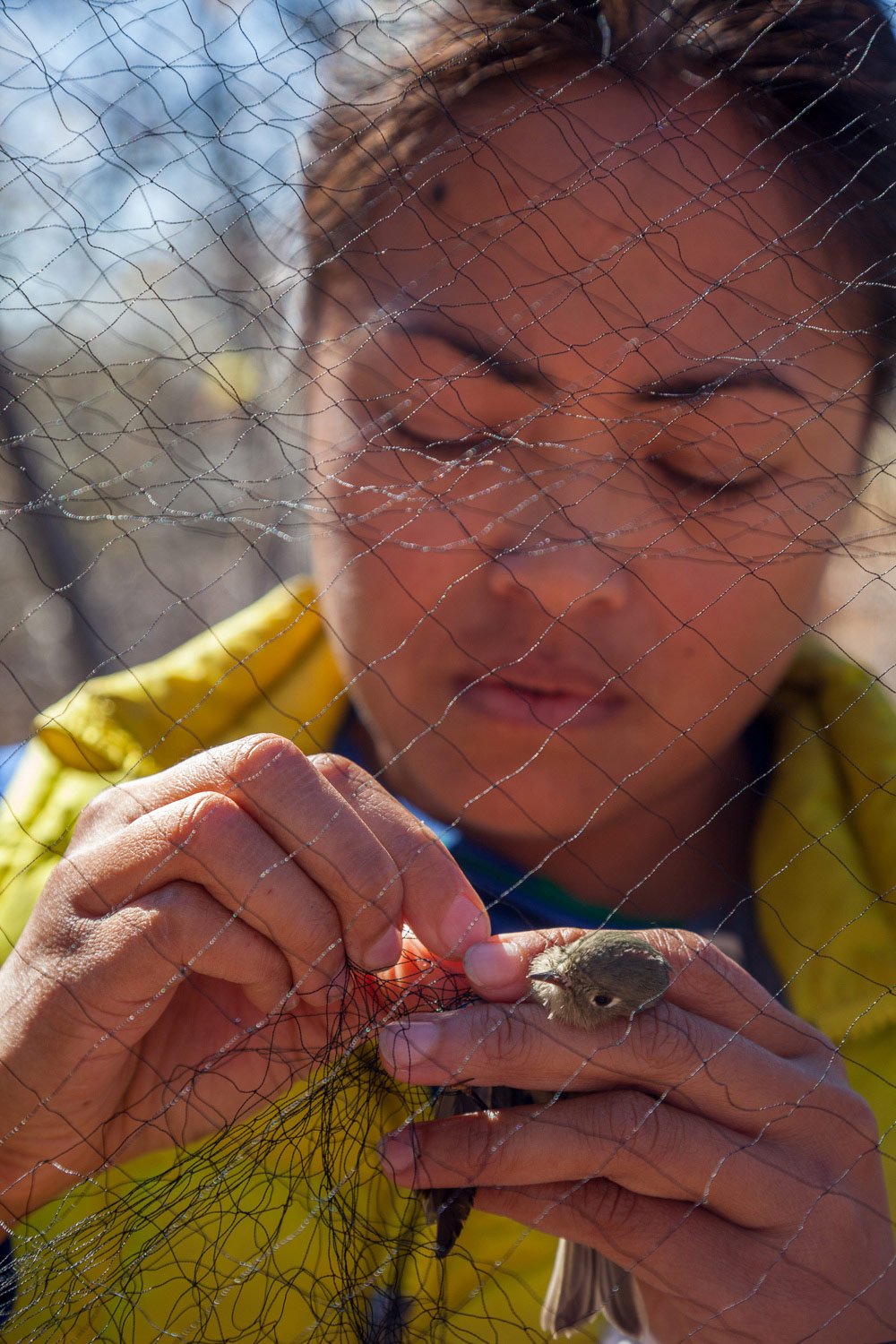
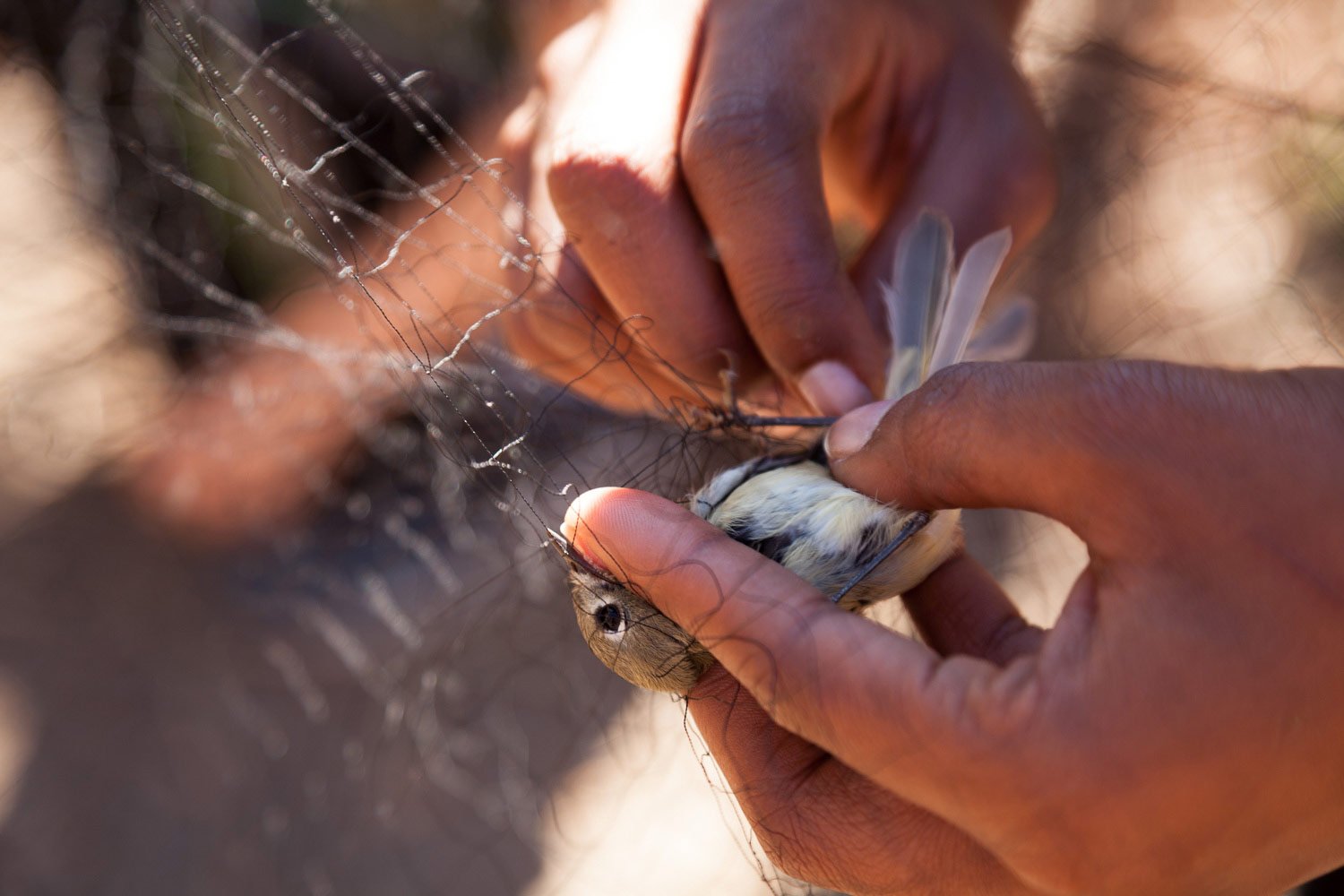
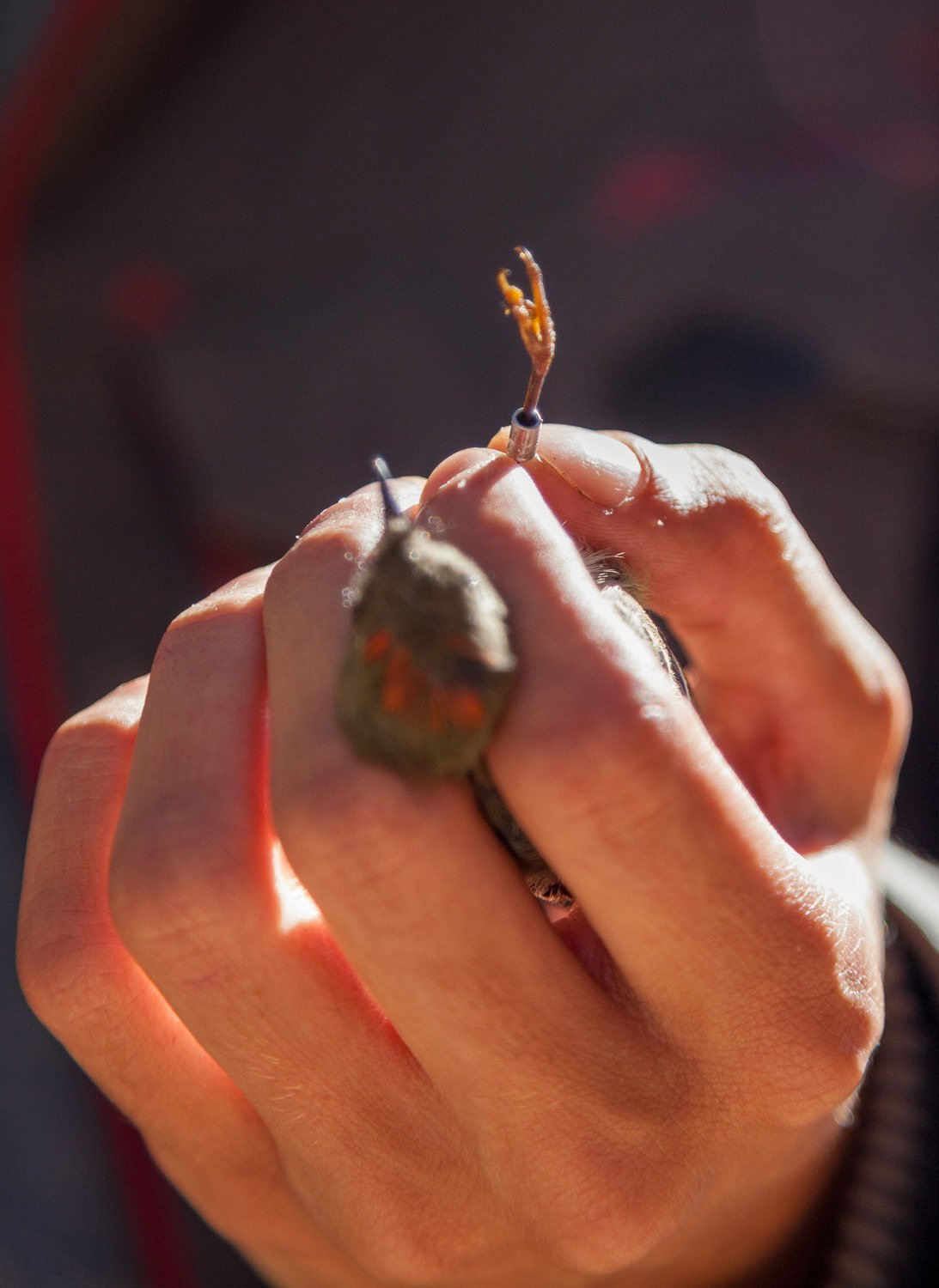
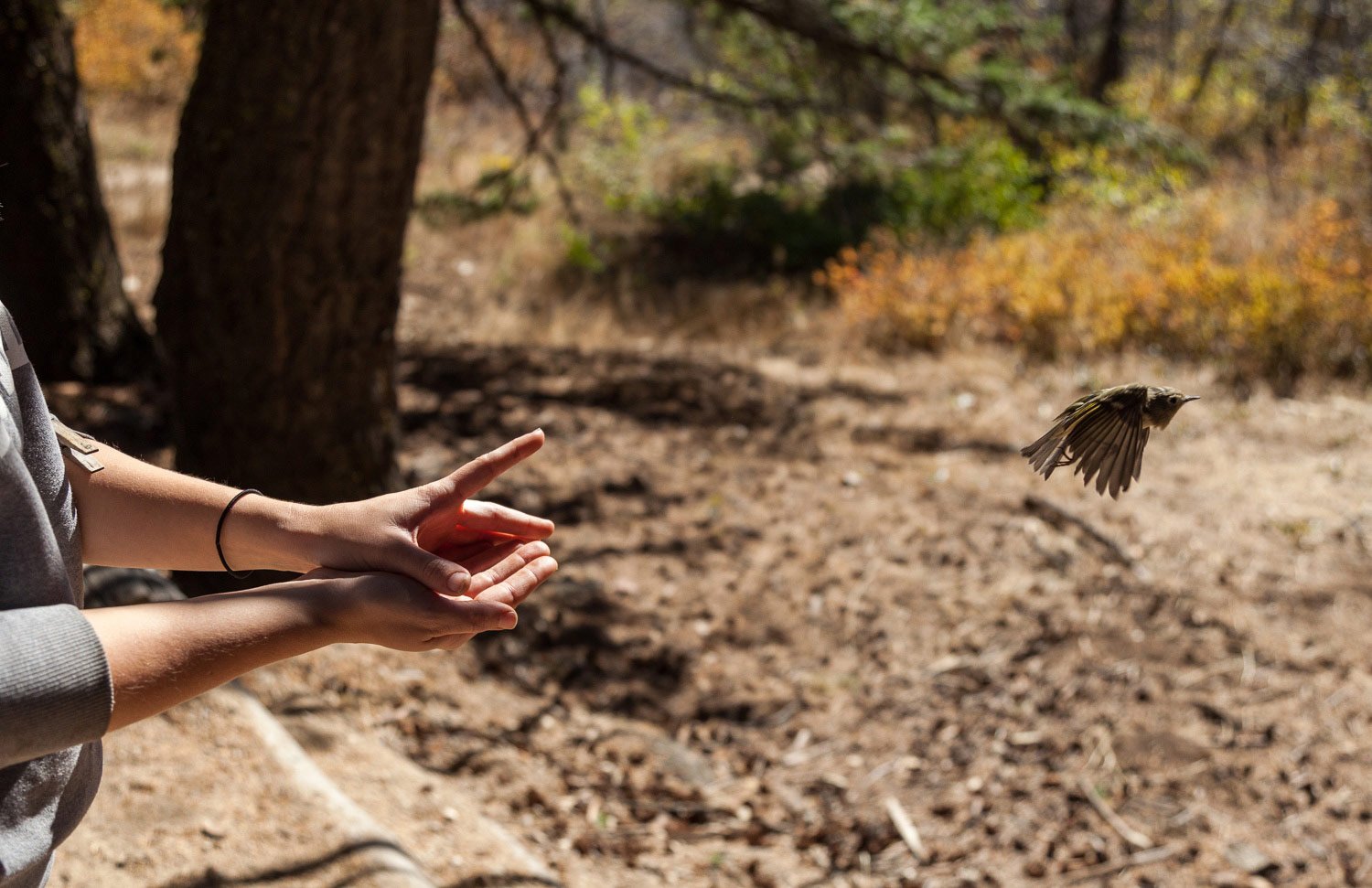
Working the Middle Fork of the Salmon River
During the grey and cold days of past winters, and yet again today, I find myself sitting in my apartment daydreaming about a place and a people I’ve grown to love. This deep admiration started ten years ago when I first experienced a six day river trip down Idaho’s Middle Fork of the Salmon River. I soon traveled from Montana seasonally to work this stunning stretch of water and for eight years now I have accumulated many fond memories.
During the grey and cold days of past winters, and yet again today, I find myself sitting in my apartment daydreaming about a place and a people I’ve grown to love. This deep admiration started ten years ago when I first experienced a six day river trip down Idaho’s Middle Fork of the Salmon River. I soon traveled from Montana seasonally to work this stunning stretch of water and for eight years now I have accumulated many fond memories.
The Middle Fork flows wild and free for 100 miles through the heart of the Frank Church-River of No Return Wilderness. It drops almost 3,000 feet during its trip, crashing through numerous rapids with names like “Pistol Creek” and “Devil’s Tooth.” Its scenery changes from high alpine forest to mountain desert and finishes with a bang as it cuts through a steep rocky gorge named the “Impassable Canyon.” It is a unique trip and a natural treasure.
I often think about those warm sweep boat days bathed in golden light. The sun drops low in the sky and the craft is pulled by a free current. The flying insects are illuminated amongst the tall grass and the pine and fir trees cast shadows across the river. The birds sing with the sounds of the river and water laps the floor of the sweep. Together their voices became harmony to my ears and in that moment I feel truly alive!
I think about the guides around me. They seem to complete this place with their smiling faces and wild-eyes. They are strong, genuine, and friendly. Their lives, in many ways, reflect the wild and scenic river they work. As the season turns to spring they emulate the Chinook salmon and make their way back to the river, year after year.
These men and women come from many backgrounds and range in age and experience. They are the river’s ambassadors sharing its history and stories. Some are artists and musicians and others study the plants and animals of the area. These people are backcountry medics and Dutch oven masters. As river guides they are skilled boatman and they are a crafty and resilient bunch. They are Idahoan.
I think about the coming river season. Soon we will move downriver and gather around a campfire. There will be stories and good food. That night I will sleep under the stars and be filled with gratitude, forever thankful, for a community and a wild river that has carved its course through my life.
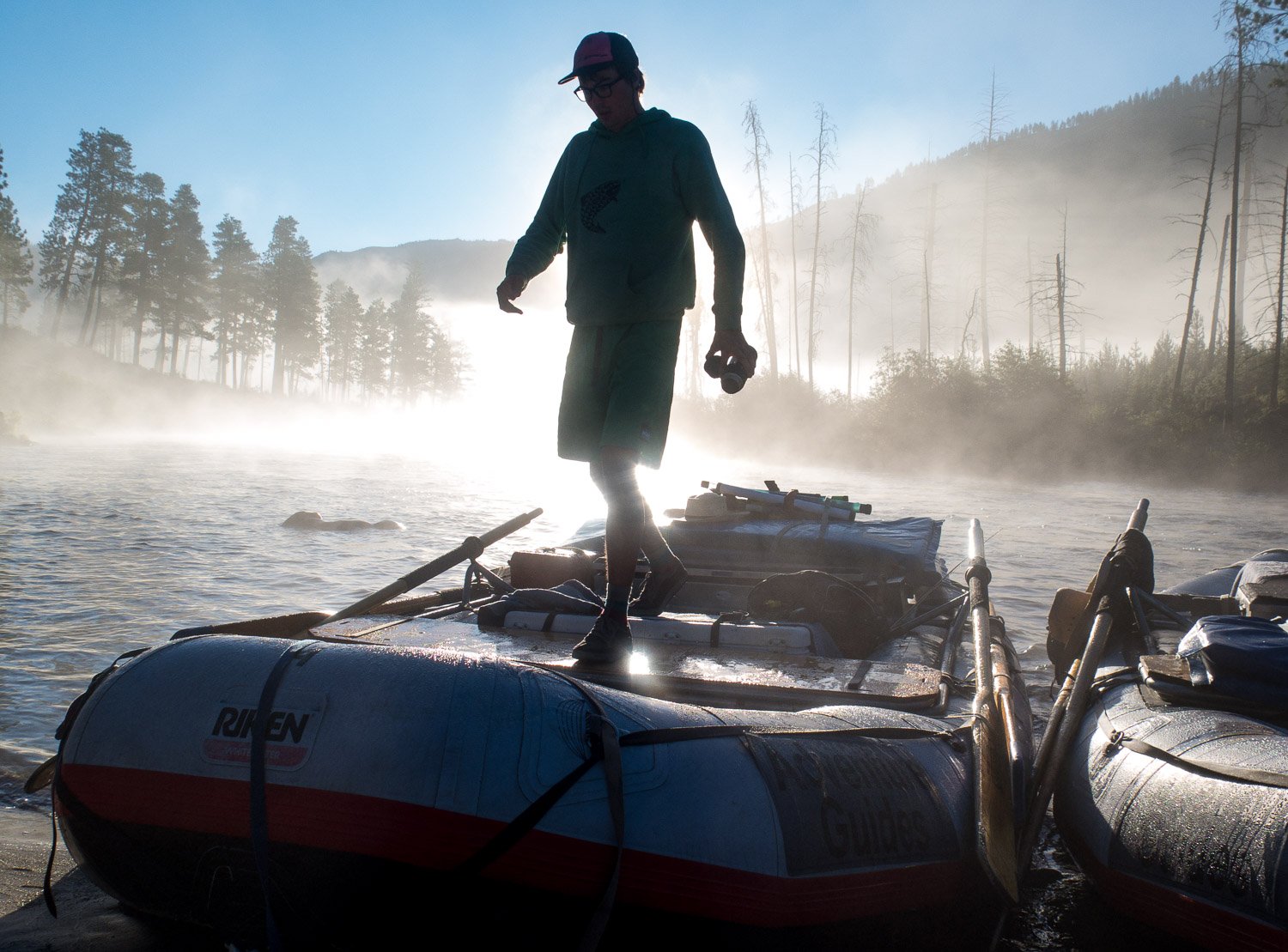
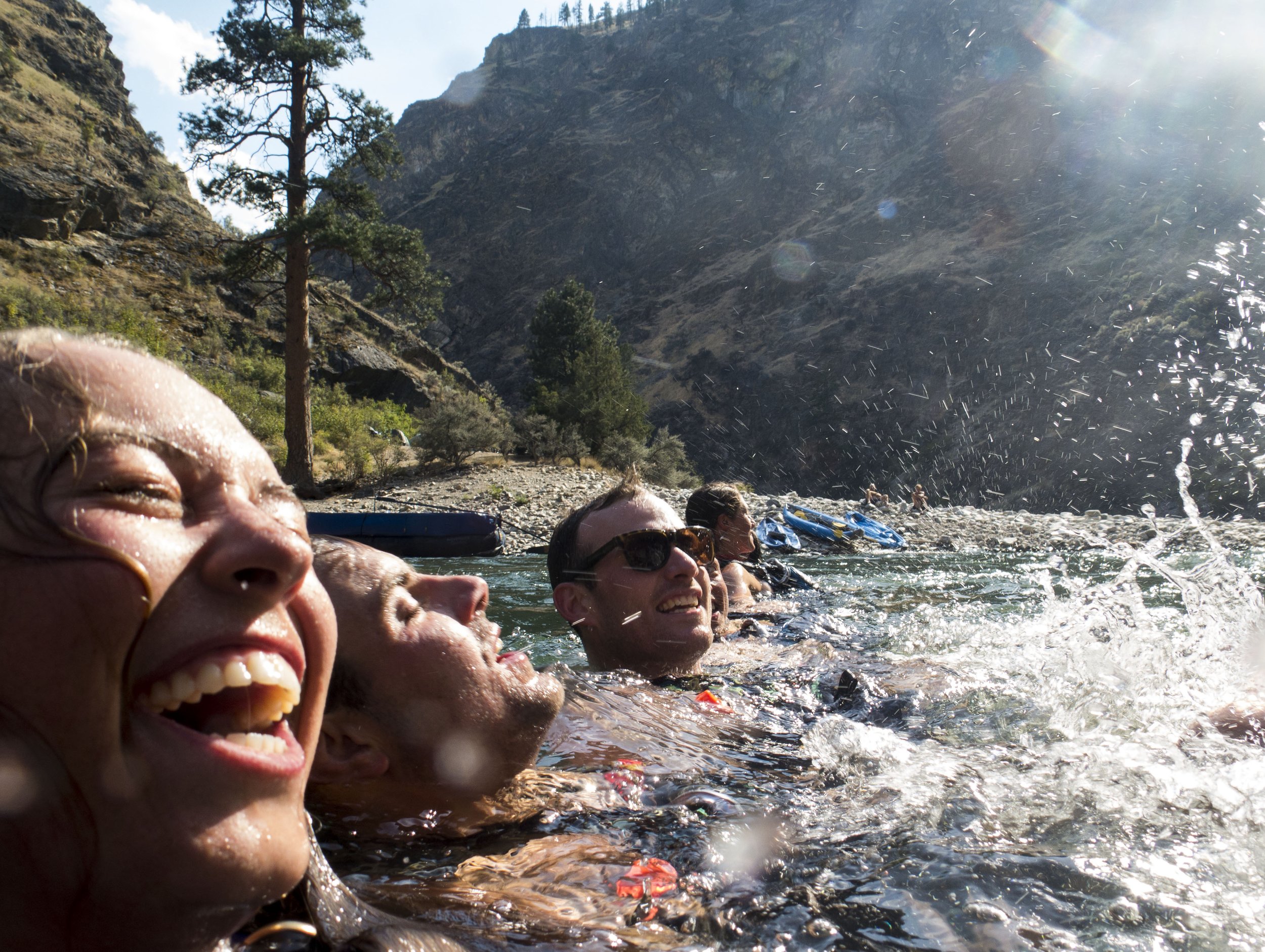
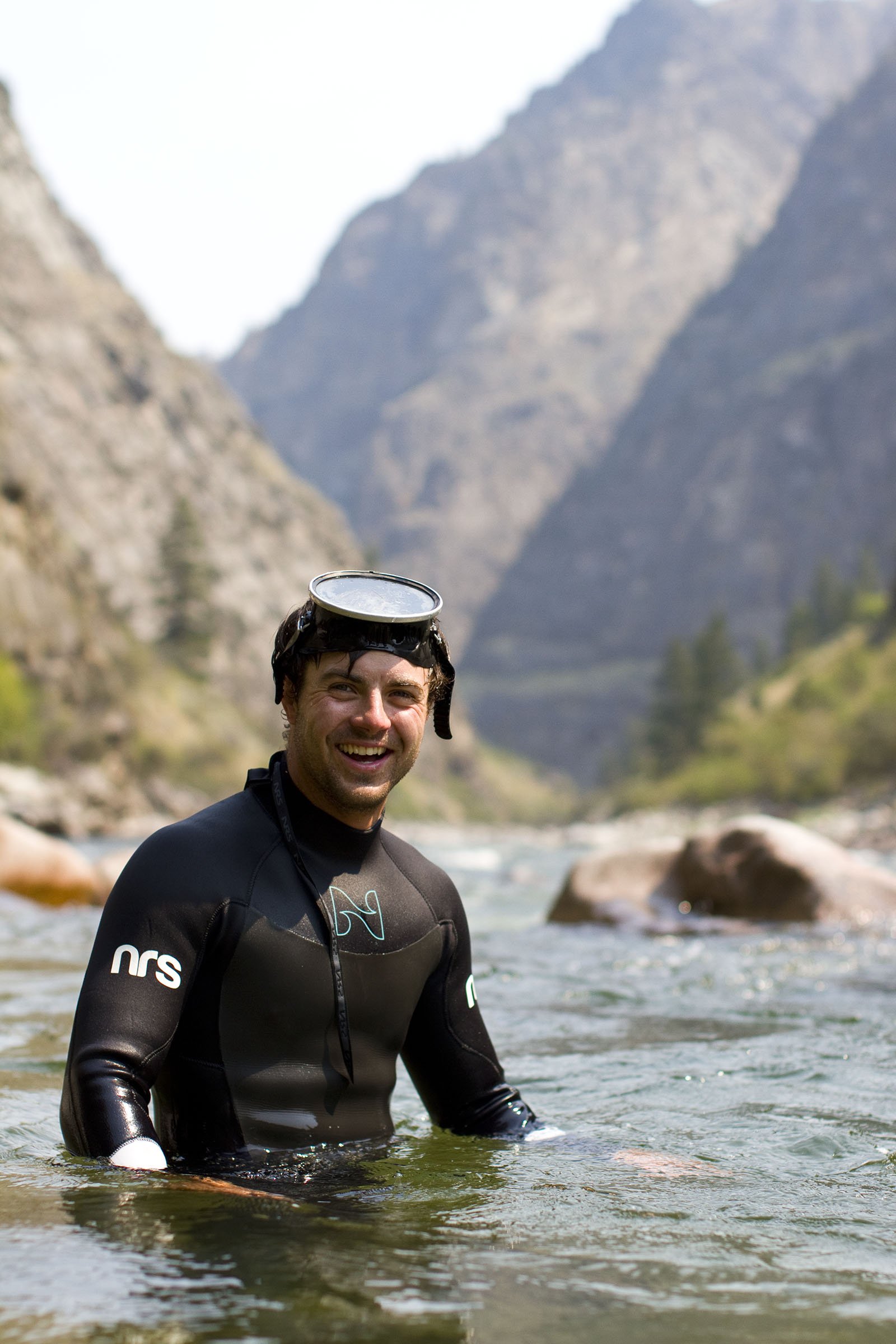
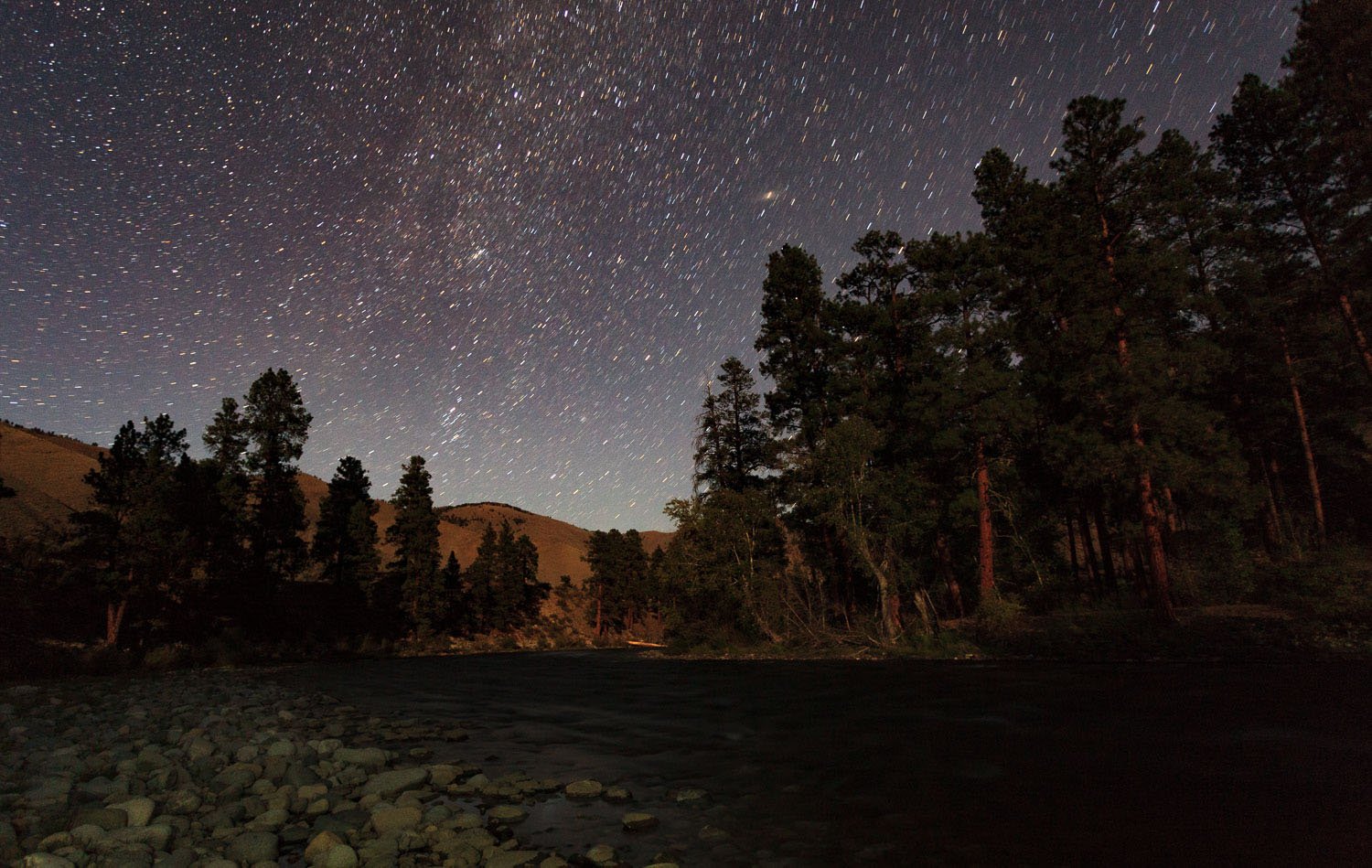
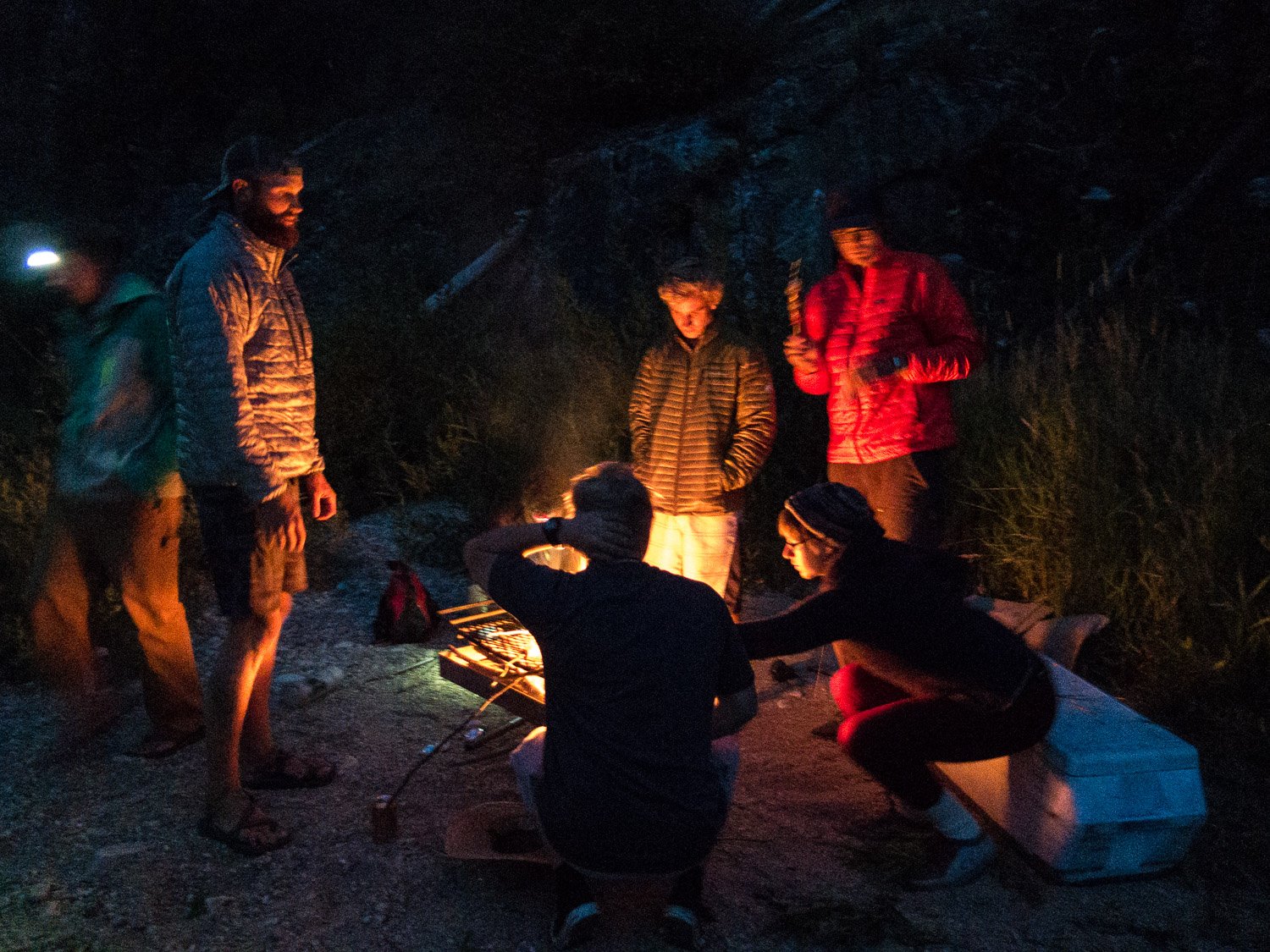
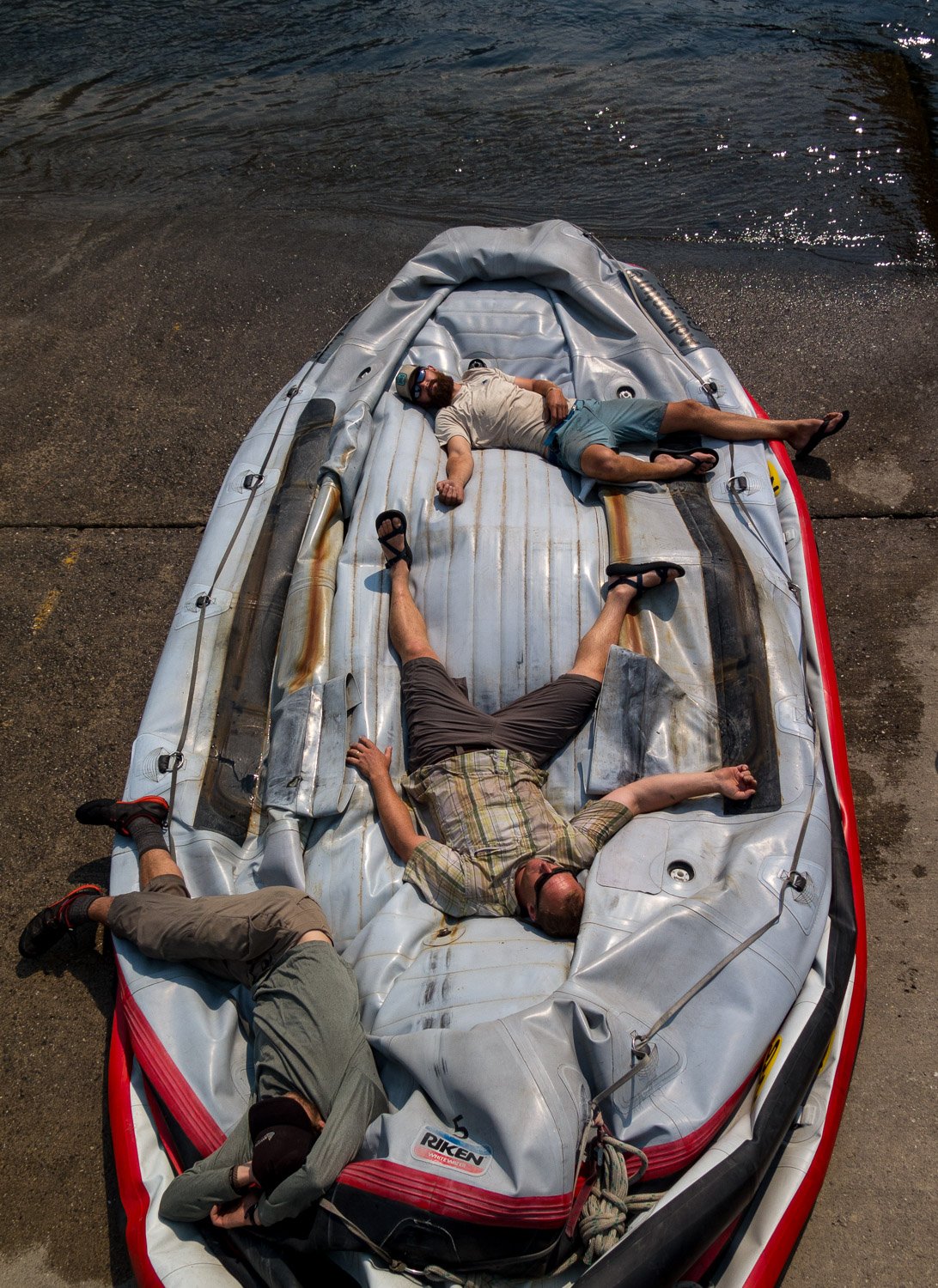
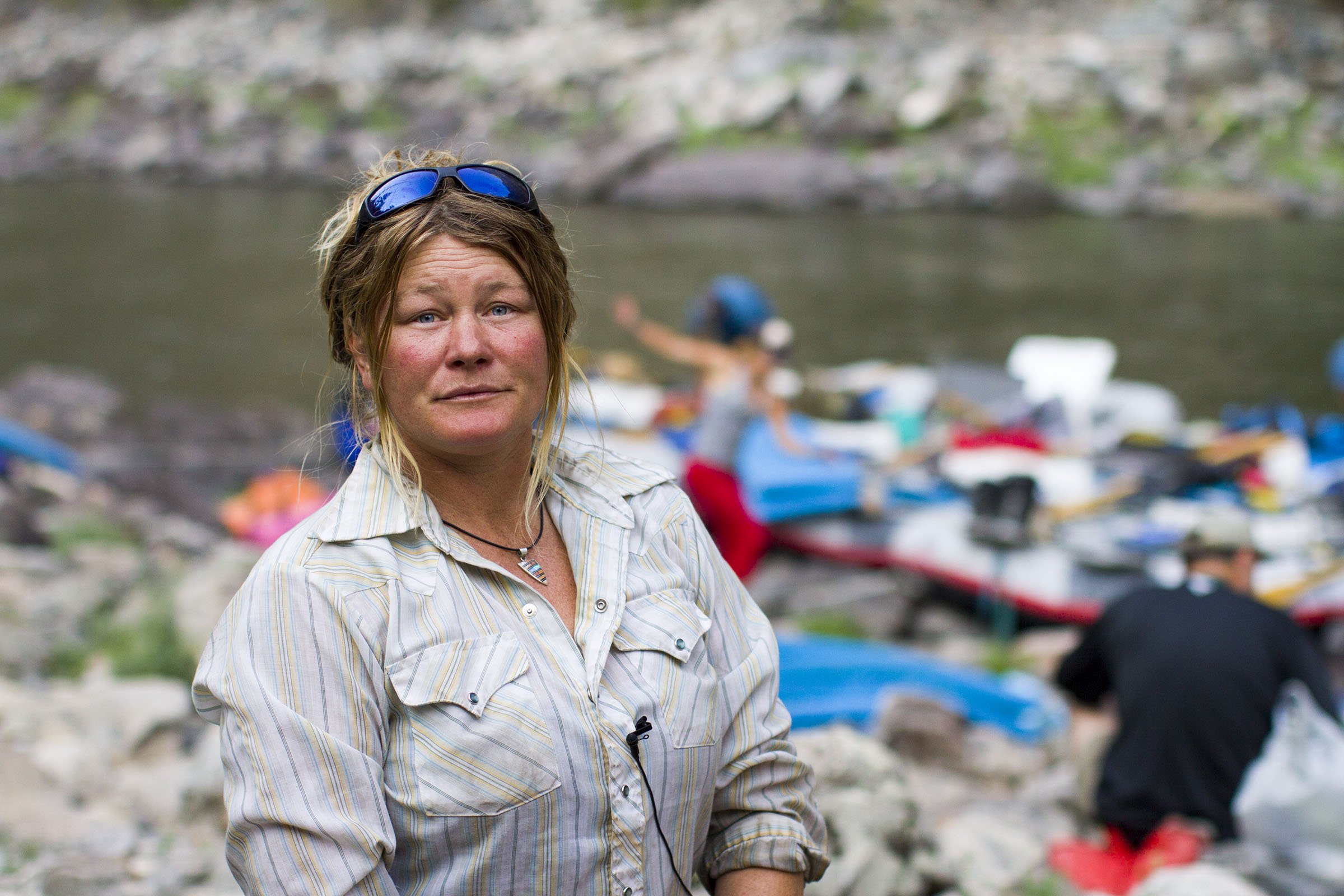
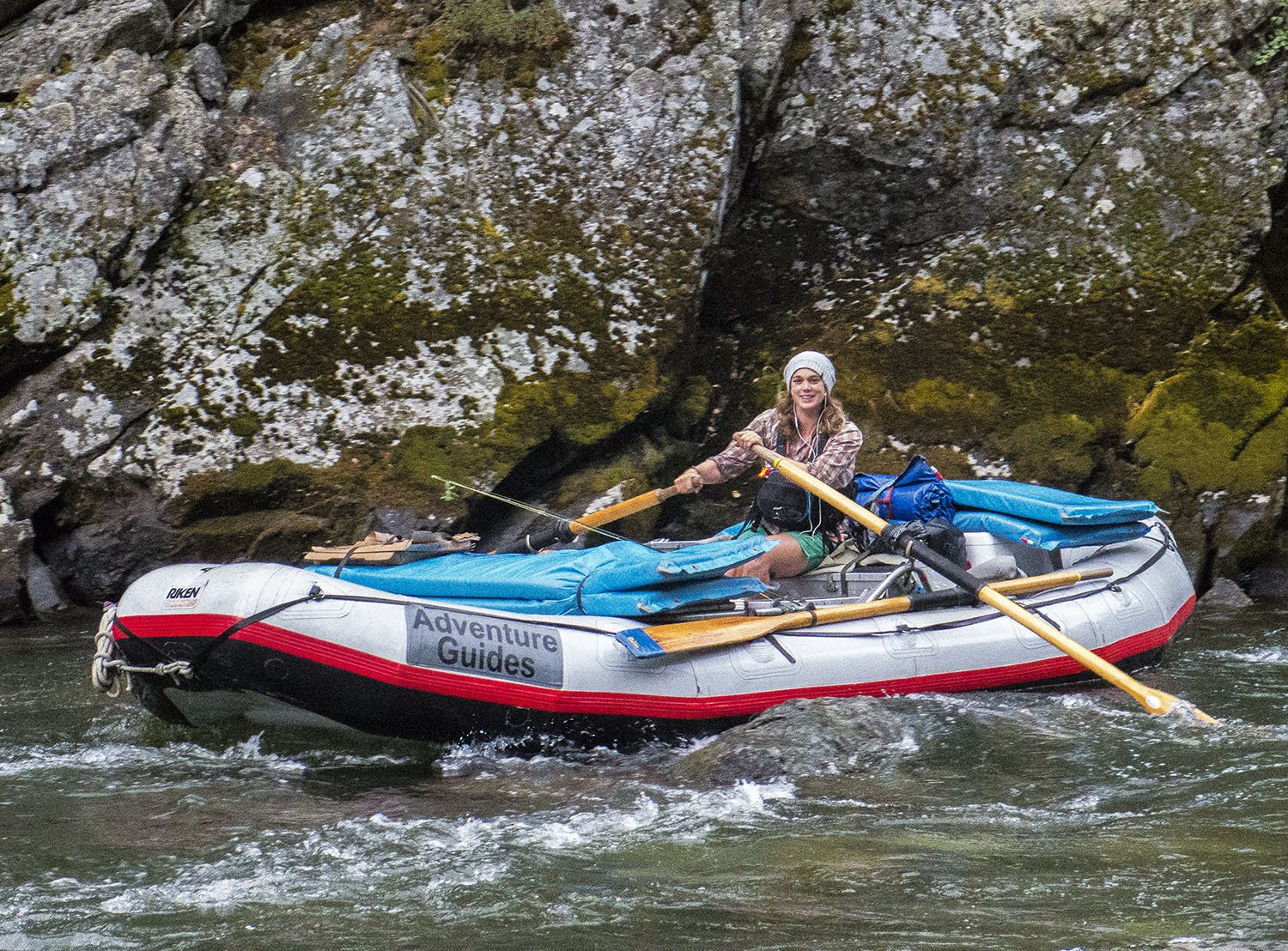
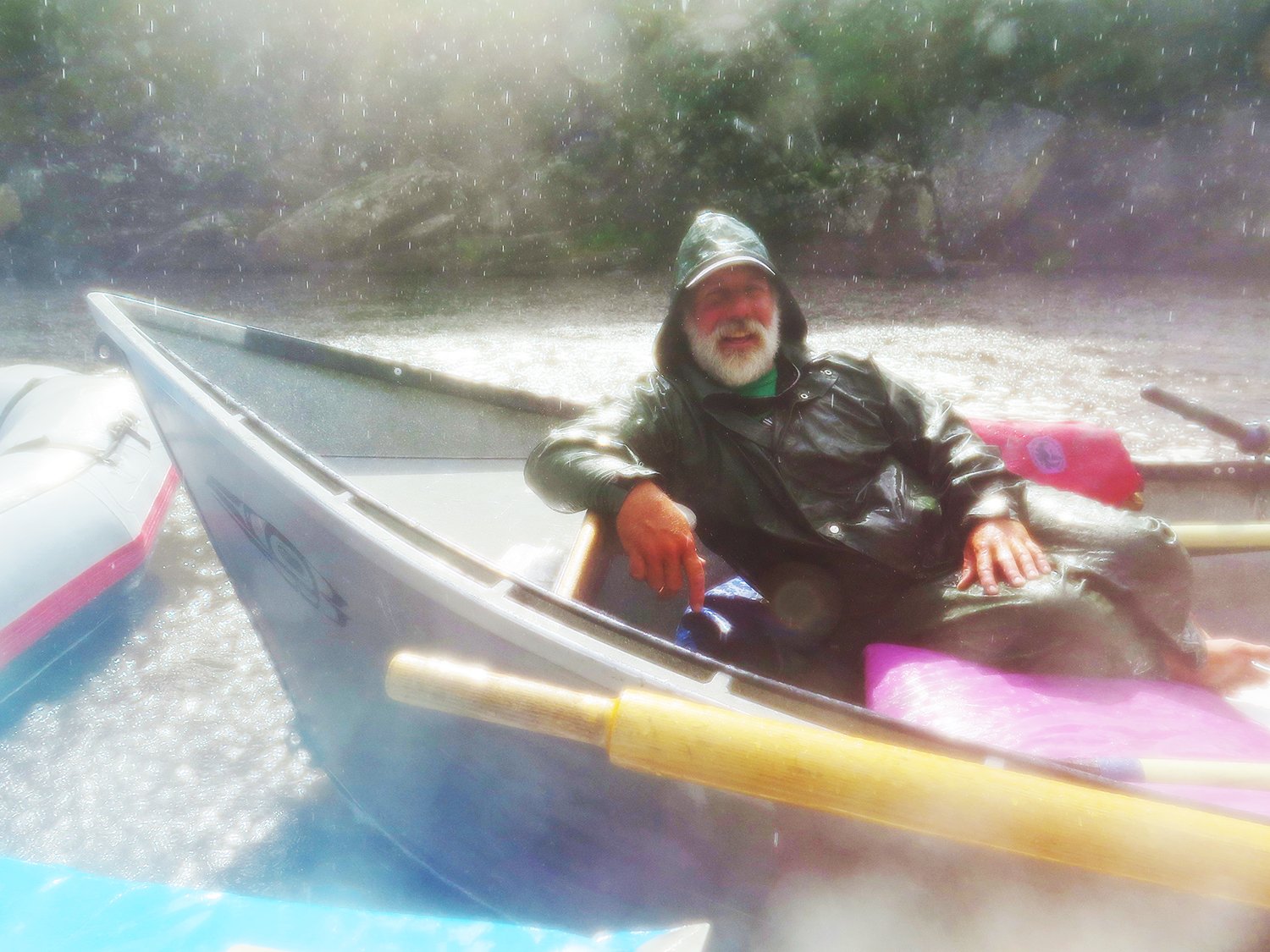
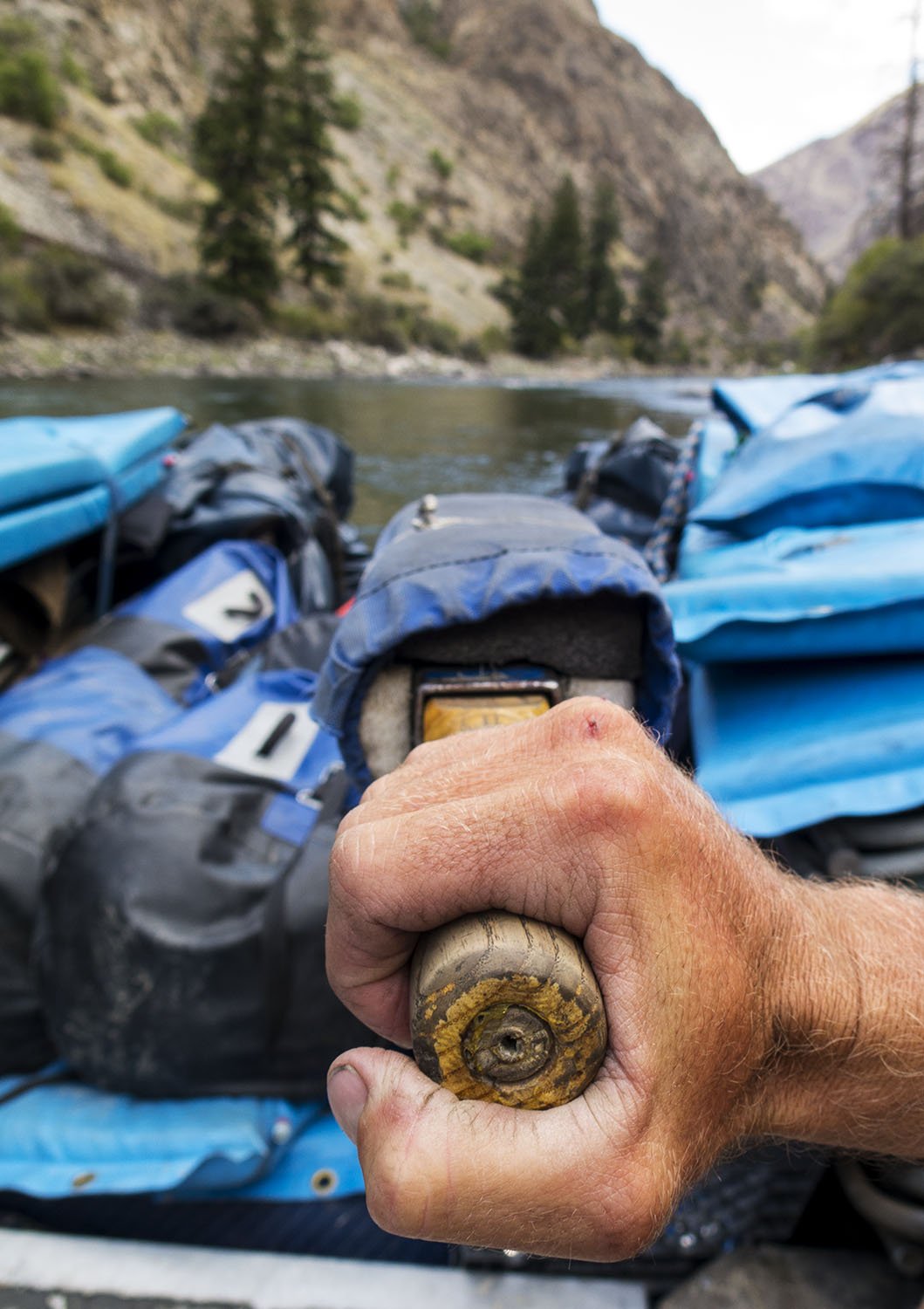
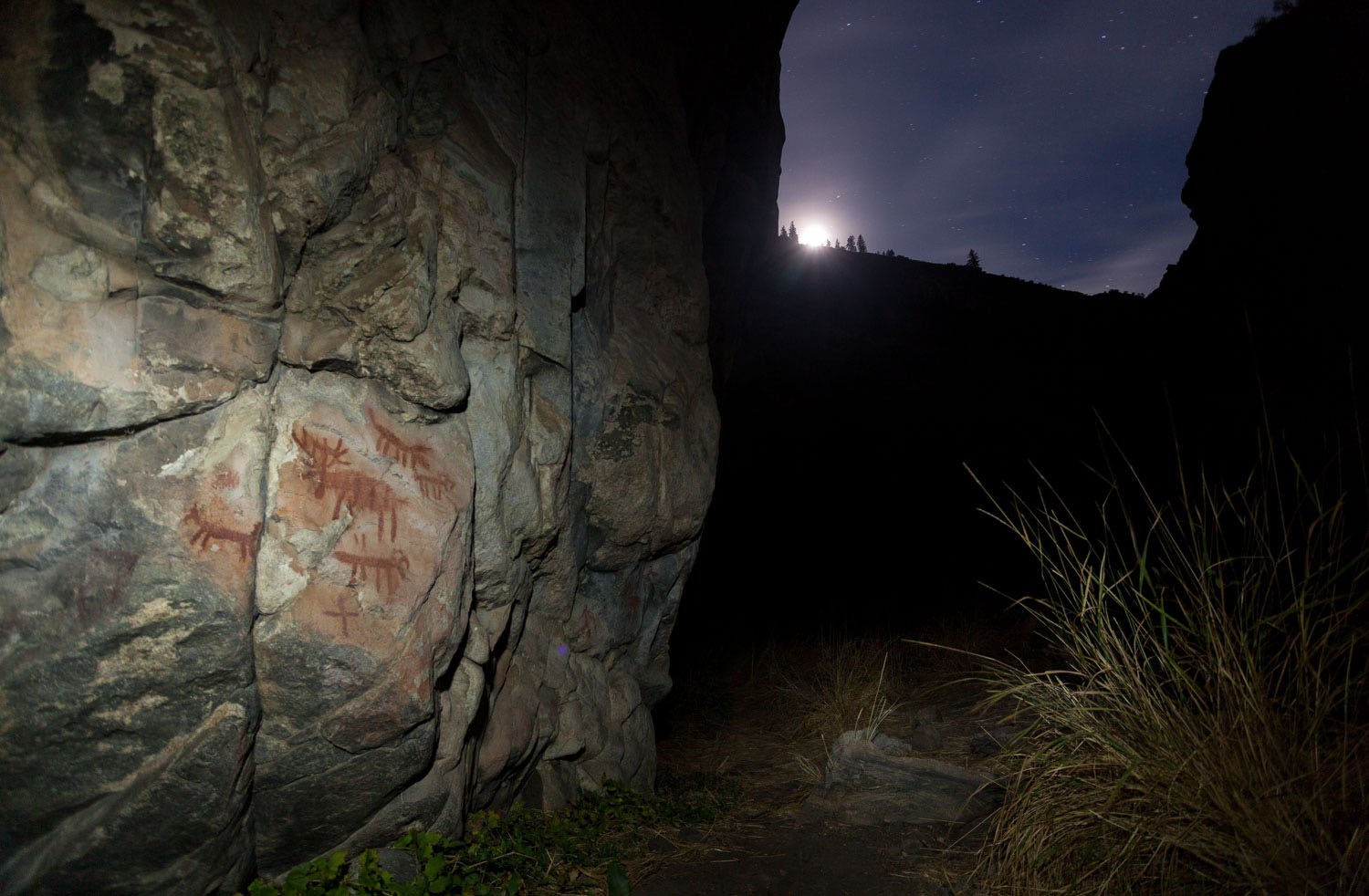
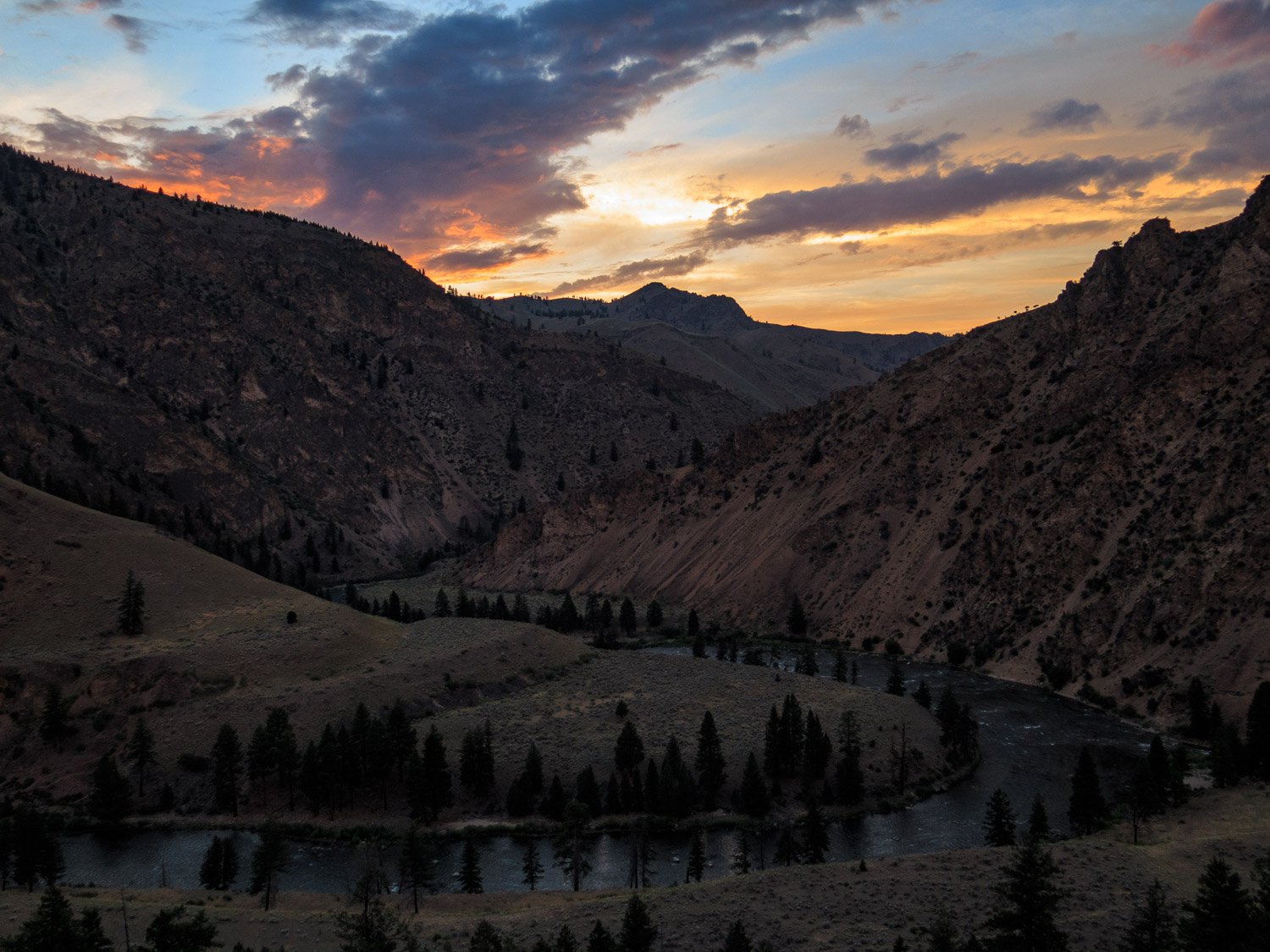
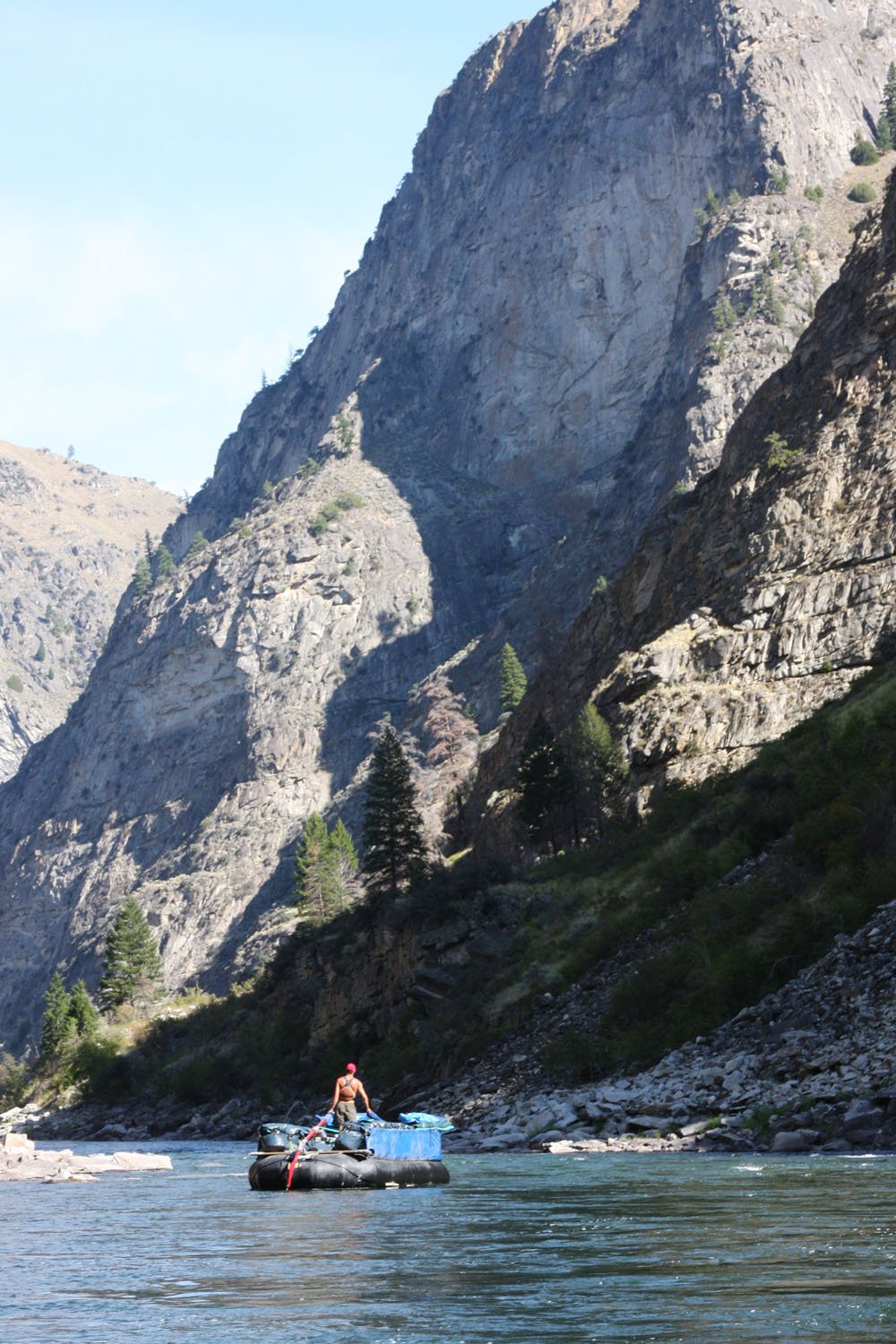
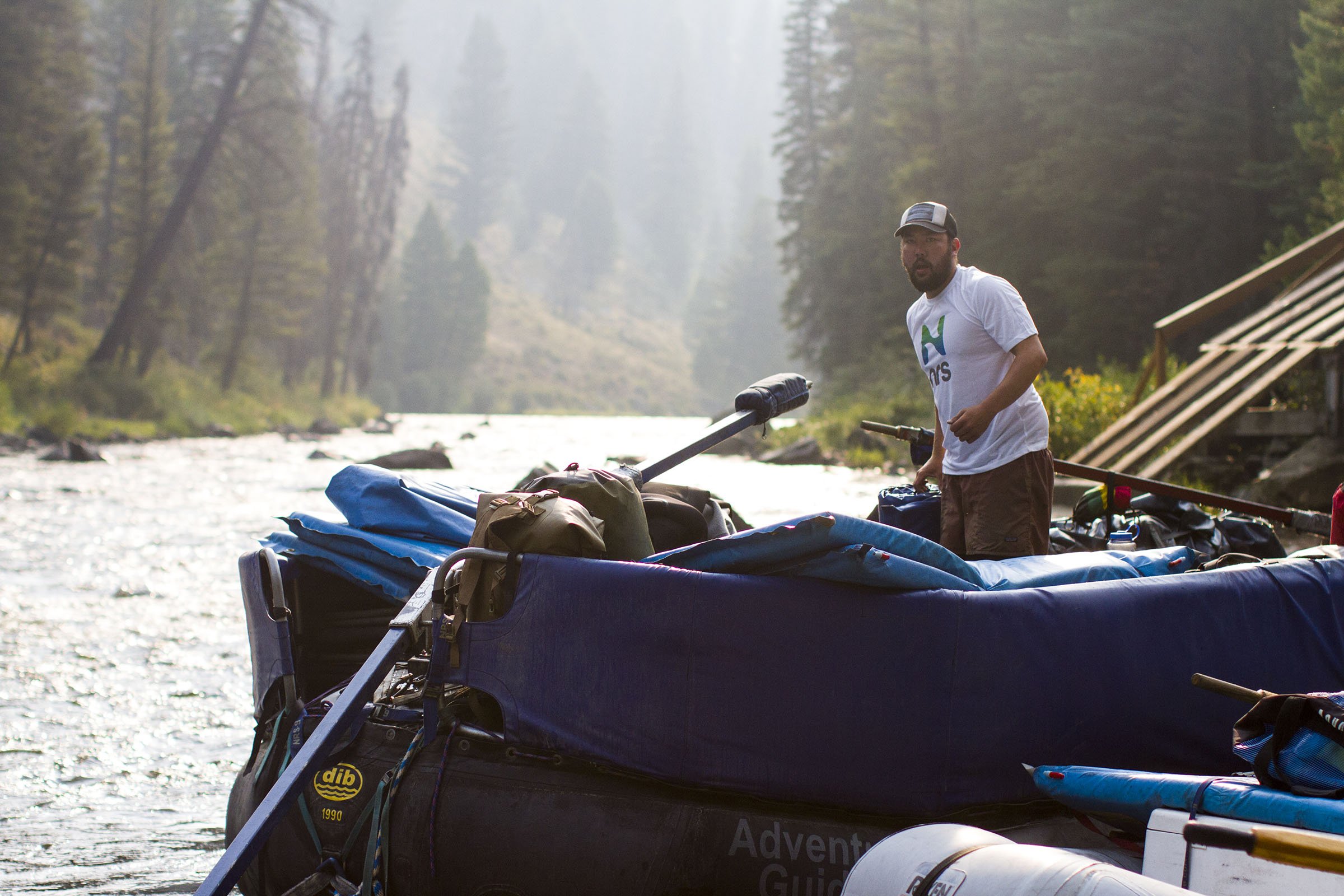
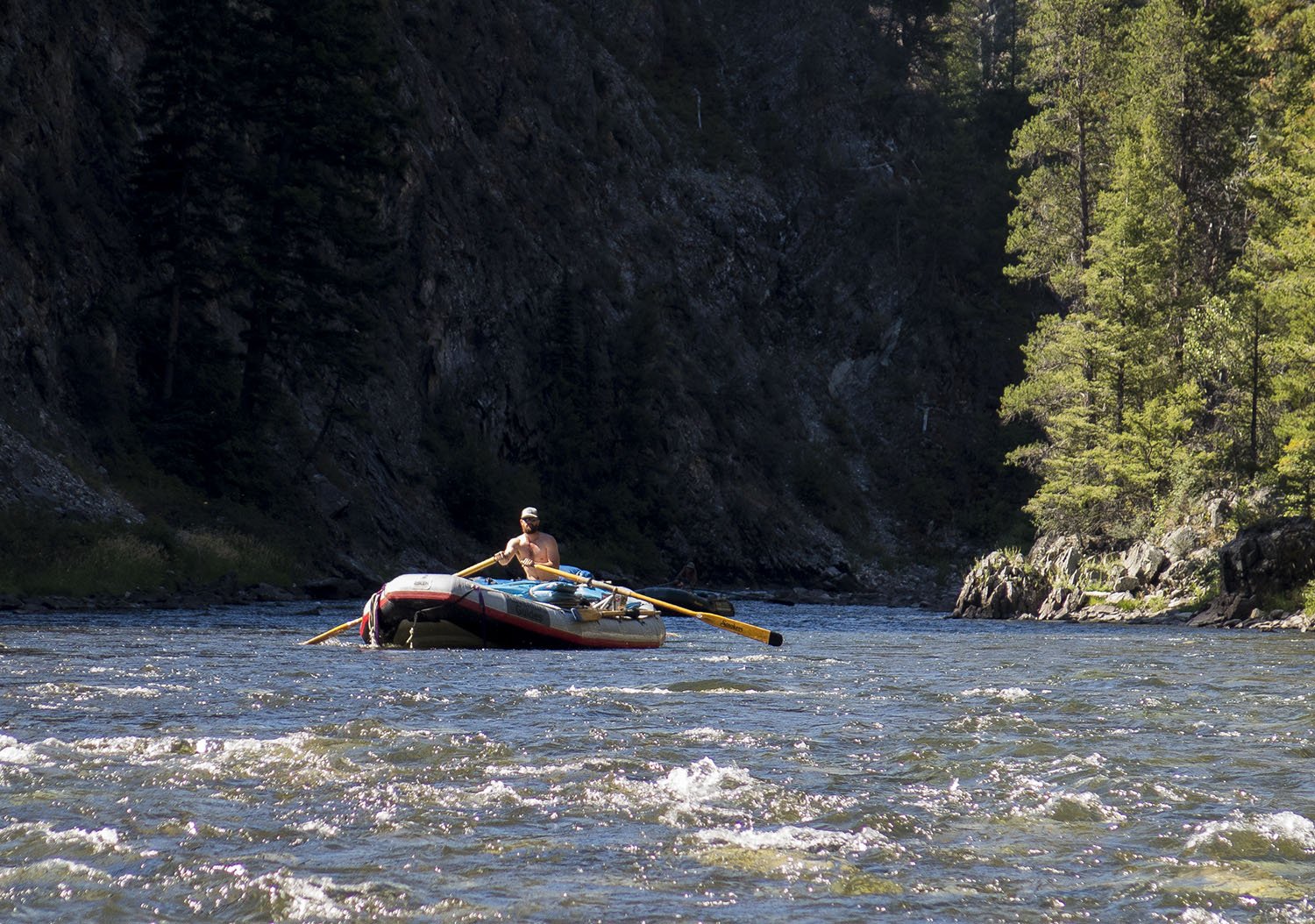
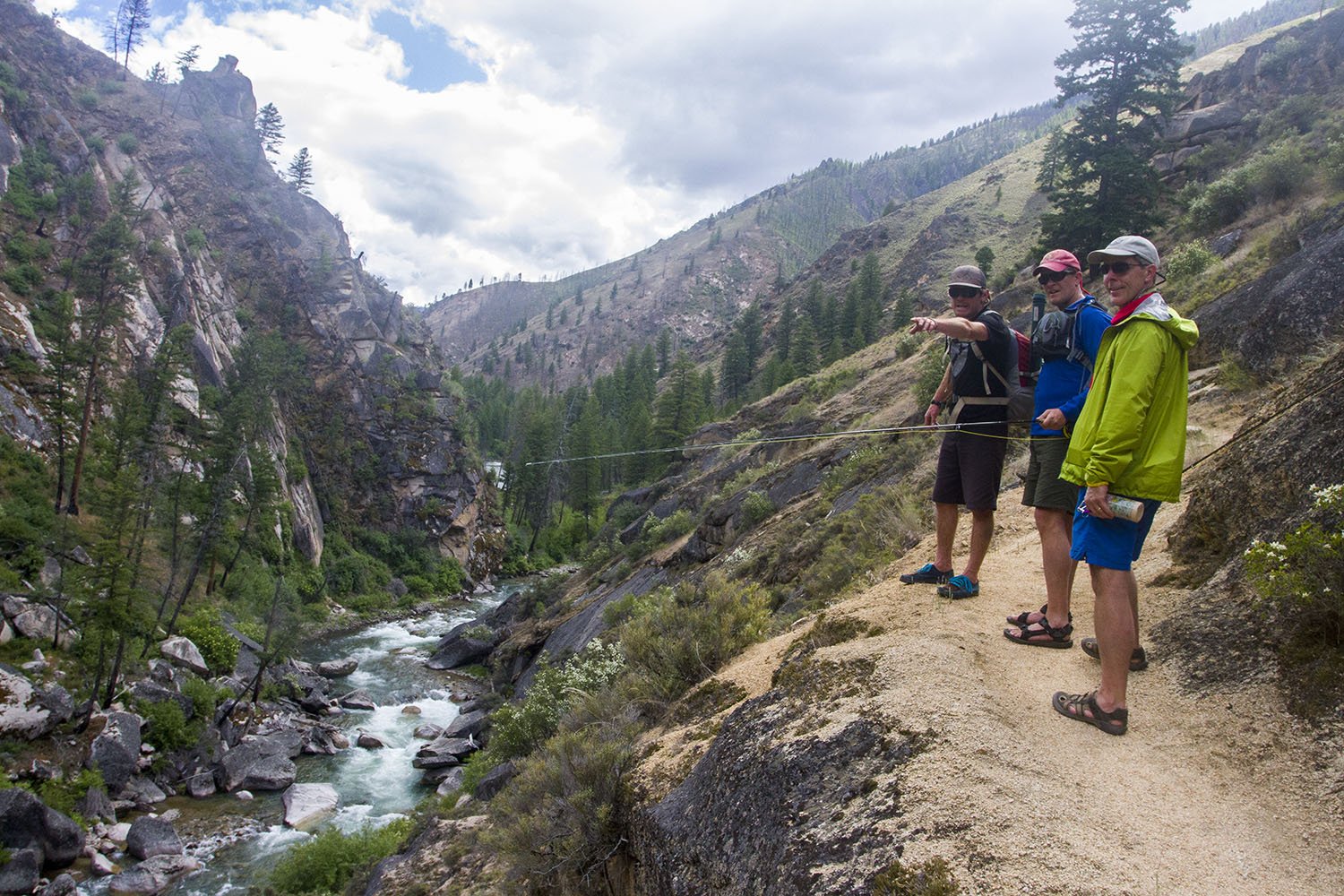
“I will sleep under the stars and be filled with gratitude, forever thankful, for a community and a wild river that has carved its course through my life.”
